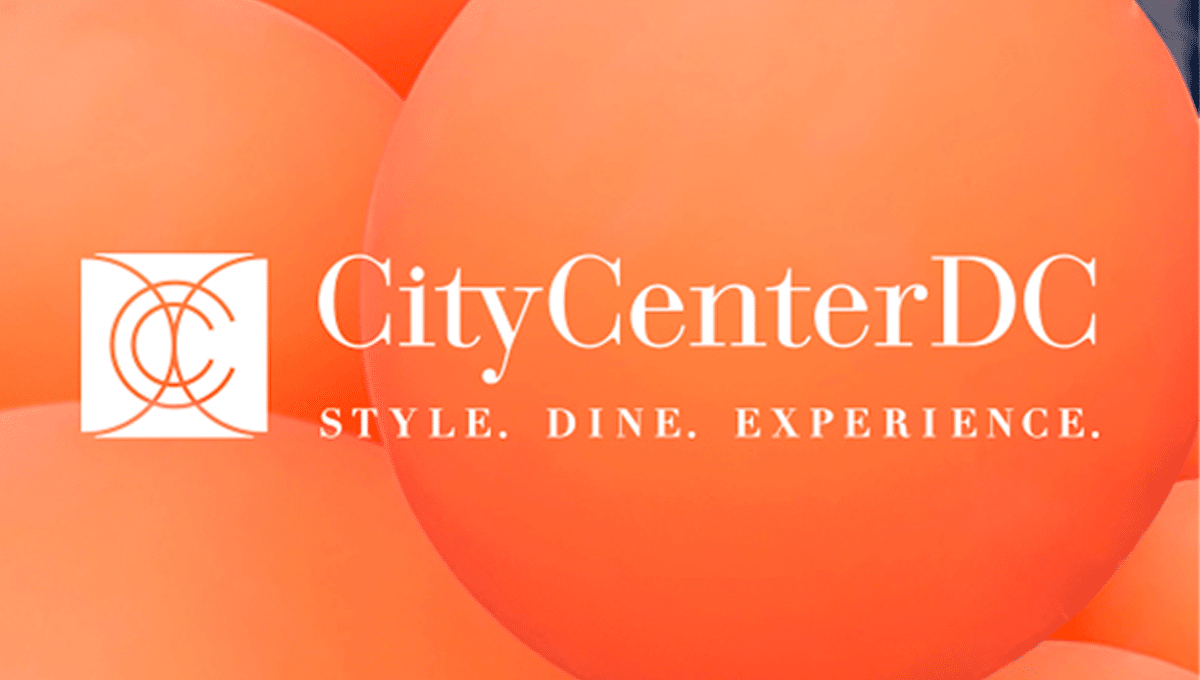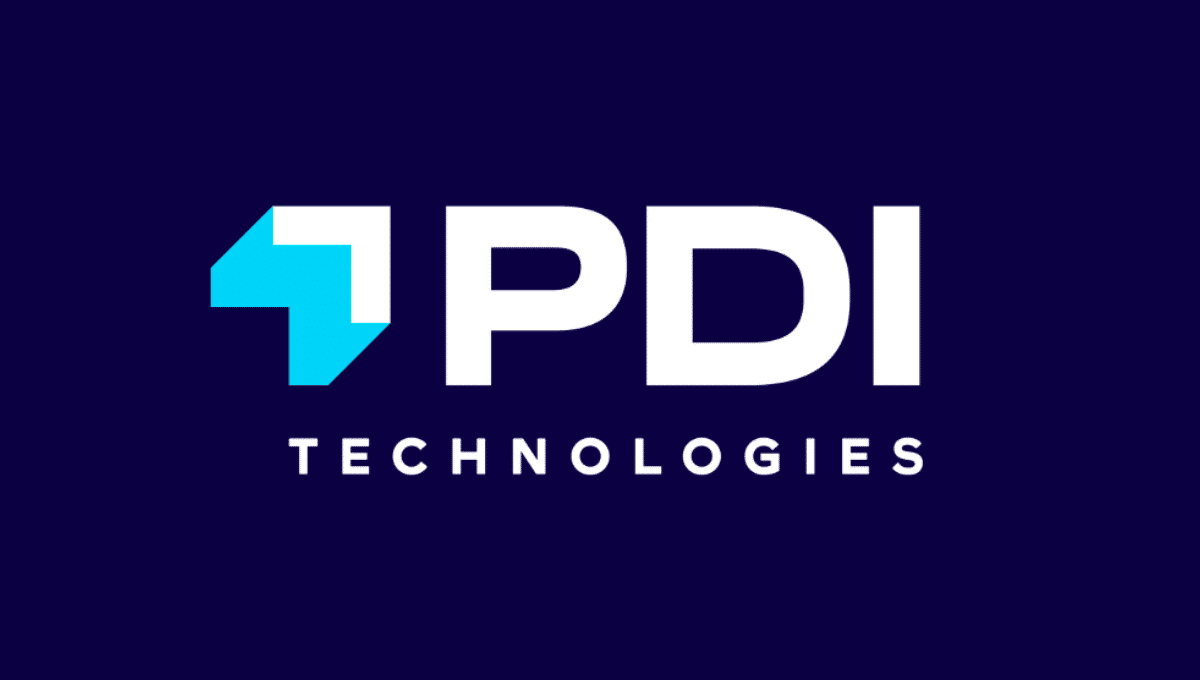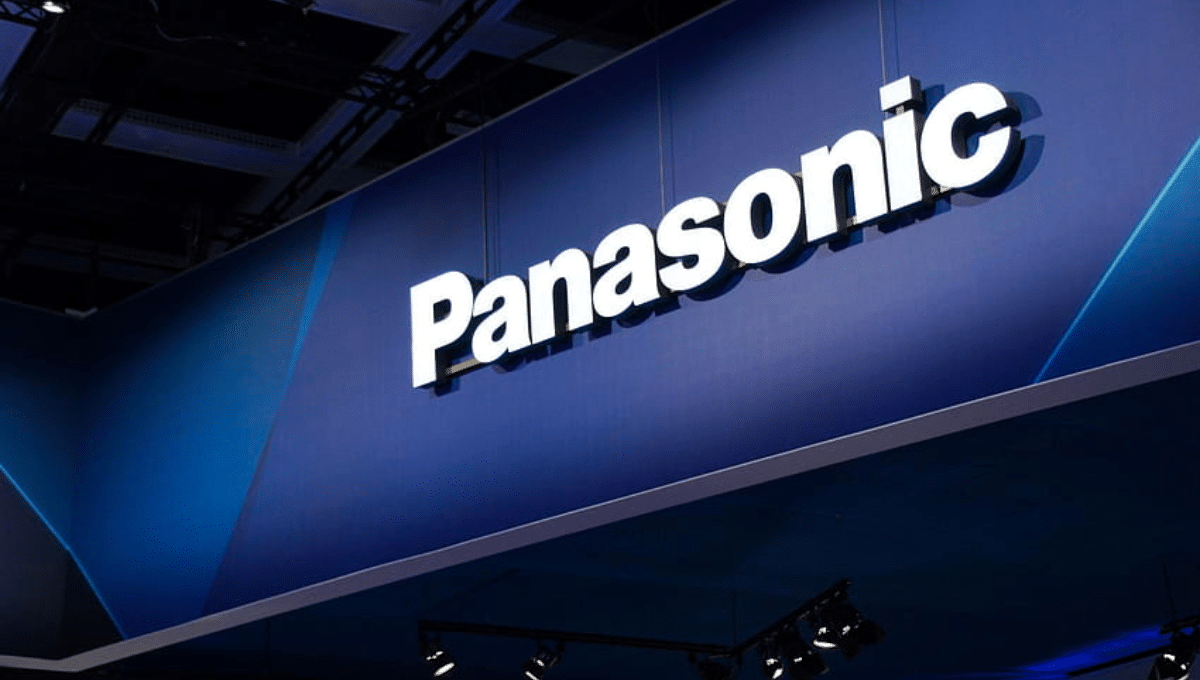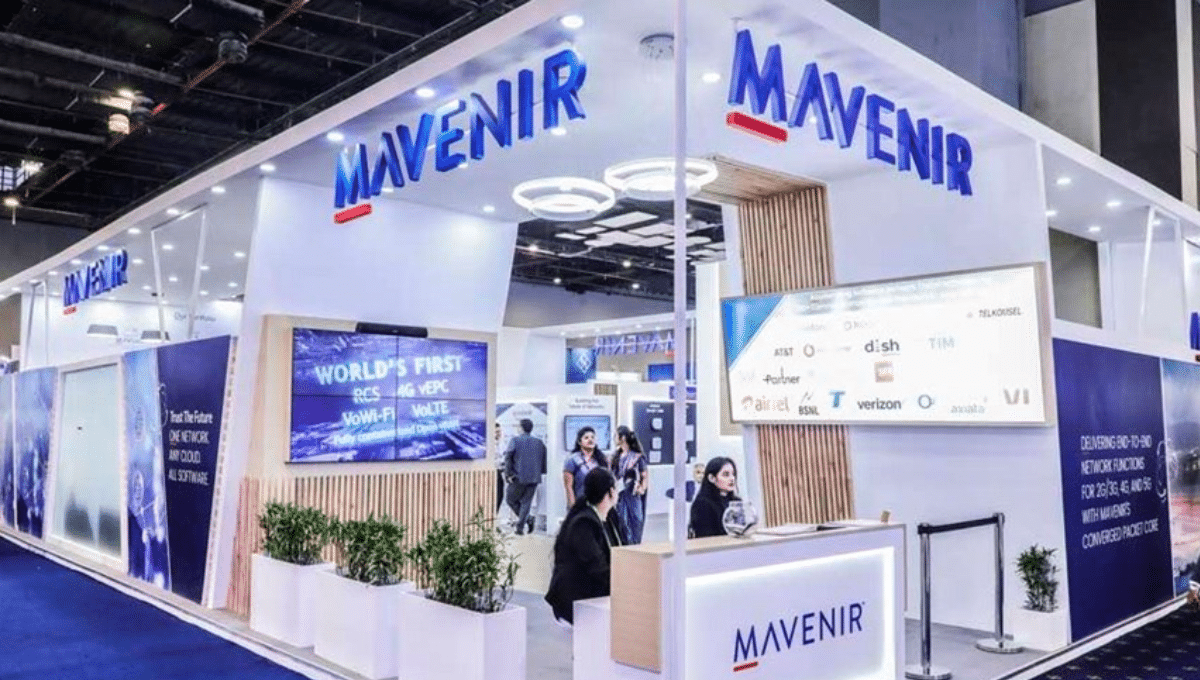What Is Brand Positioning & Messaging?
At the heart of every successful brand is a big idea. Brand positioning – a component of brand strategy – is our creative process to define and establish your big idea in a way that positions your brand in the mind of its target audience and key stakeholders.
Brand Positioning is about defining your “why” – we work closely with brands to chart a positioning and definition that is not just distinctive, but compelling, and truly differentiated.
Great brand positioning ideas work as both a unifier and motivator for customers and the the entire organization, setting the direction for brand and business strategy.
While brand positioning can be externalized in a tagline or in messaging, a brand positioning typically exists internally and should guide everything from acquisition strategy to marketing communication to hiring and HR policies. A great example of this is Starbuck’s positioning – “The Third Place”. You will never see this idea in a tagline or in external messaging and yet the powerful idea has guided the business for decades. Everything Starbuck’s does serves the purpose of furthering its positioning as the third place in customers lives – they have work; they have home; and they have Starbucks.
Effective brand positioning strategy can help a brand attract and retain customers, build brand loyalty, and drive business growth.
Whether you are launching a new product or a small business, you’re struggling to make hay with an existing entity, or you need a complete rebranding, WANT brand strategy agency can provide you with the team, experience, and expertise to take you to the next level. Our digital branding service can also establish your brand’s story and presence in the digital space.
Brand Positioning Process
Conduct market desk research, stakeholder interviews and competitive brand audits to understand the business, customer context and market space.
Develop a unique & compelling brand definition that determines who you are, what you stand for, and why you matter.
Create a compelling and visionary manifesto that amplifies the approved positioning and declares the brand’s purpose and intent
Create a messaging framework that amplifies the positioning, manifesto and core benefits to key stakeholders.
What Is Brand Architecture?
How can branding agencies help businesses? As your business grows organically or through acquisitions, you might be confusing the marketplace about what products and services your company offers without even realizing it.
Over the years companies can become a multi-layered mix of new and legacy brands, each with their own brand identity. This can sometimes puzzle consumers and make them less willing to buy your physical or digital products. It’s not always easy to sense this confusion from inside your company, because you’ve grown accustomed to how things are.
This is where Brand Architecture strategy can help.
Brand Architecture is about optimizing how your existing or new customers choose and buy the products and various services you make. It’s a way of organizing the different levels and parts of your business to reveal how offerings and sub-brands of a larger whole are organized, and how they all relate to each other.
The best Brand Architecture systems create structure to your go-to-market approach and make it easier for audiences to navigate and buy.
From brand insights to product value propositions to customer engagement and loyalty programs, we design all aspects of brand strategy that highlight and maintain your competitive advantage.
We have created hundreds of brand strategies for a wide range of clients around the world, from startups to large enterprise organizations with multiple brands. A well-defined strategy needs to go beyond your name, logo, or website. From creating the concept to execution, our team has all the expertise and necessary tools to help you beat your competitors. Our client reviews and case studies speak for themselves!
Brand Architecture Process
Conduct trends research, stakeholder interviews and competitive brand audits to understand the business, customer context and market space.
Map and evaluate current brand architecture and create new architecture models for how best to organize all go-to–market offerings.
Refine final brand architecture as needed
Presents final brand architecture for stakeholder buy-in & approval
East
New York, NY
bob@wantbranding.com
South
Miami, FL
j.bell@wantbranding.com
West
San Francisco, CA
john@wantbranding.com



















